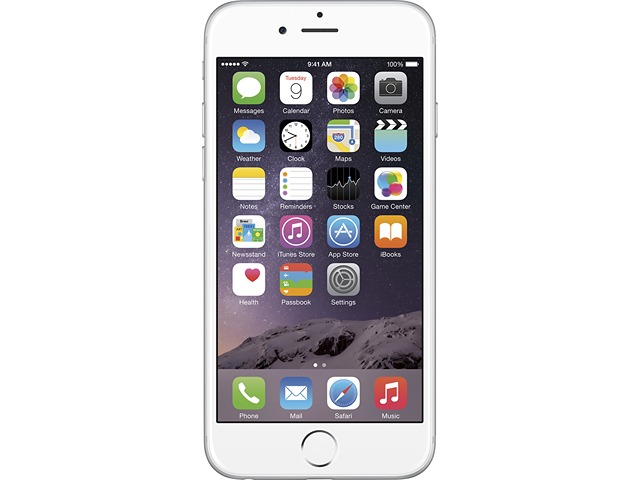More Specs Information – Apple iPhone 6 Review
Cellular phones are available on the market with a variety of design specifications and are often exchanged because of socioeconomic and technical reasons. So, it’s crucial to understand some unique hardware components. (e.g. display, battery, back cover), as well as the operating system, and gain prolonged use of such devices so you do not need to replace them shortly. Fortunately, this Apple iPhone 6 review will guide you to cover all the terminologies that you need to purchase your best smartphone.
After declaring Apple iPhone 6 by Apple on 9/9/2014, this model has been Released in 2014, on September 19. However, this model’s status in the market is: Discontinued.
When you purchase Apple iPhone 6, you will gain an 8 MP, f/2.2, 29mm (standard), 1/3″, 1.5µm, PDAF rear camera and a 1.2 MP, f/2.2, 31mm (standard) selfie camera. it also has 16GB 1GB RAM, and 1810 mAh battery life (the more mAh value gives more strength to the battery).
Apple iPhone 6 comes with Ion-strengthened glass as a screen protector that is designed to protect the screen when the phone falls on hard and rough surfaces, and with 4.7 inches, 60.9 cm2 display size.
Apple iPhone 6 comes with the following OS and chips:
* iOS 8, upgradable to iOS 12.5.5 operating system,
* Apple A8 (20 nm) Chipset
* Dual-core 1.4 GHz Typhoon (ARM v8-based) Processor.
To understand the meanings of smartphones’ features, continue browsing this Apple iPhone 6 review.

Apple iPhone 6 Review of The Body Specs
When planning to purchase a new mobile phone, the body features must be taken into consideration. These physical specs include body size, weight, and build. You can read the Apple iPhone 6 review in terms of the body features in the lines that follow.
* Body Dimensions: 138.1 x 67 x 6.9 mm (5.44 x 2.64 x 0.27 in) which means height, width, and thickness (depth) respectively.
* Body Weight: 129 g (4.55 oz).
For mobile phones, a weight between 140g to 170g is considered suitable and appropriate for most users.
* Body Build: Glass front (Gorilla Glass), aluminum back, aluminum frame.
The following body types of cellular phones are available:
* Metal. Due to the fact that it is made of metals, it is the strongest in terms of protecting the cellular phone’s internal parts.
* Plastic. This type might be more sturdy than metal because it doesn’t bend. Additionally, because it doesn’t shatter easily, it has a longer working life than a glass one.
* Glass. This kind of cellular phone’s body looks more shiny and appealing, despite the fact that glass is more likely to break due to its fragile nature.
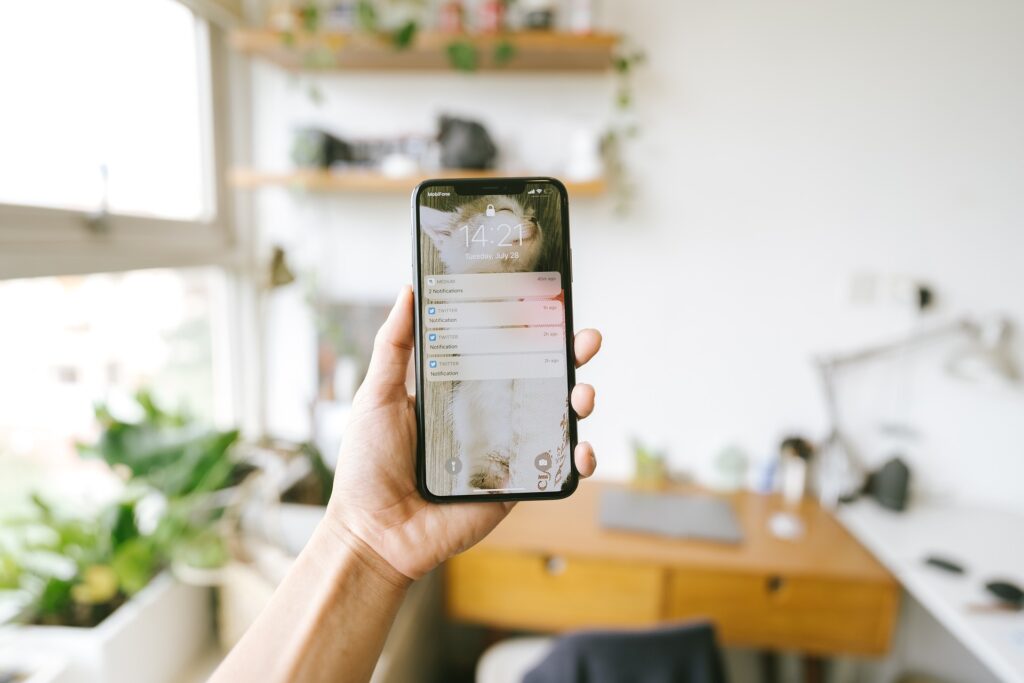
Know All available Colors – Apple iPhone 6 Review
Choosing the color of the mobile phone cover is generally a personal issue since it has become associated with the general taste of the consumer.
Apple iPhone 6 comes in the following colors: Space Gray, Silver, and Gold.
Apple iPhone 6 Review of The Display specifications and Quality
The cellphone’s display is the primary component of the user interface, so it is crucial to identify its specifications well, then you can select a cellphone with a screen that suits your needs.
The lines that follow demonstrate the essential screen specifications of Apple iPhone 6. screen
Display Type: IPS LCD – Note that you should search for a display type that offers more glaring colors and true black.
Display Size: 4.7 inches, 60.9 cm2 – Currently, the average mobile phone screen size is between 4.7 and 6.5 inches.
Screen To Body Ratio: (~65.8% screen-to-body ratio). It gives the percentage of how much of the front face is covered by the display.. Smartphones that have the largest screen-to-body ratio look delicate and give them a premium look.
Display Ratio: 16:9 ratio. The aspect ratio is the relevance between the height and width of the smartphone screen. Taller aspect ratios like 19.5:9 is coming with the most modern smartphones, and it is suitable for web browsing, and other portrait orientation apps.
Display Resolution: 750 x 1334 pixels. It is the clarity of an image video in detail and sharpness. The pixel resolution for high-definition screens is 1920 x 1080.
Display Density: (~326 ppi density). It is the number of physical pixels per inch on a screen and is measured in Pixels Per Inch (ppi).
Display Protection: Apple iPhone 6 comes with the following display protection:
* Ion-strengthened glass
*oleophobic coating
* Ion-strengthened glass, oleophobic coating.

Apple iPhone 6 Review – Camera Features
In the following lines, you will find Apple iPhone 6 review about the main cameras.
* Main Camera Single: {8 MP, f/2.2, 29mm (standard), 1/3″, 1.5µm, PDAF}.
The following lines explain some of the symbols included in the camera characteristics:
MP (Megapixels) is the resolution of the image taken by a smartphone.
(f value) is the aperture of a lens that indicates how much light it lets in? The larger the aperture, the more light is let in; conversely, a smaller aperture lets in less light.
(mm value) This measurement is of the lens’s focal length, which affects the final image that is produced by your camera.
AutoFocus (AF) is the function of a camera to automatically focus on a subject.
The main camera features are as follows:
HDR, 1080p@60fps, 720p@240fps main video camera.
Here is the Apple iPhone 6 review of the selfie camera:
* Selfie Camera Single: 1.2 MP, f/2.2, 31mm (standard)
The main camera characteristics are:
HDR, Face detection, FaceTime over Wi-Fi or Cellular, 720p@30fps Selfie video camera.
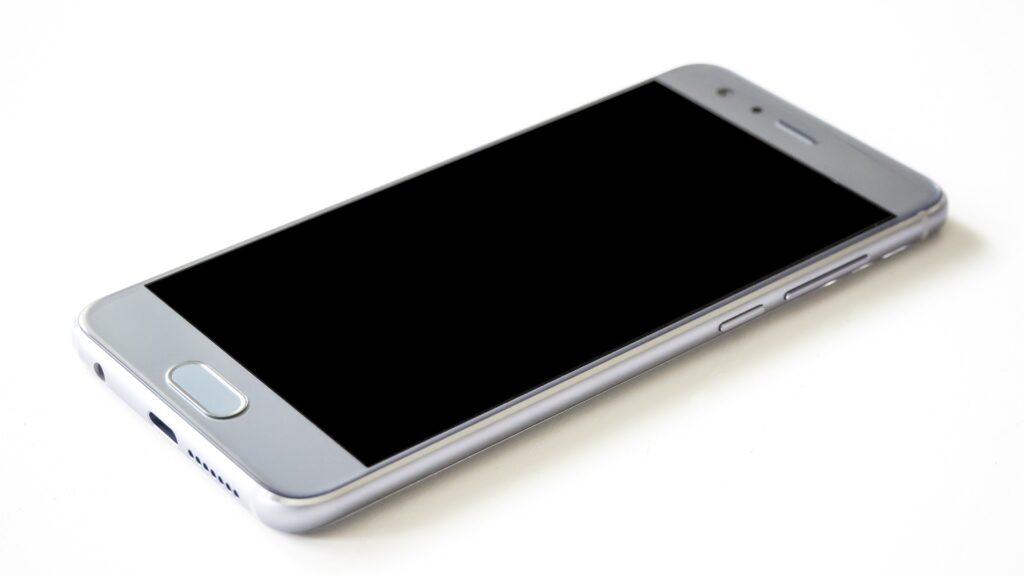
Important Details About The SIM – Apple iPhone 6 Review
A SIM (Subscriber Identity Module) is an electronic card that connects your smartphone to the mobile network so that you can make calls, send SMS messages, and use mobile internet services like 3G, 4G LTE, and 5G. For more information about 3G / 4G networks, refer to Apple iPhone 6 3G or Apple iPhone 6 4G articles You can use your smartphone without a SIM card for many things, like using the calculator, saving notes, playing games, taking photos, and many other applications. The following three sizes are available for SIM cards: Standard (Mini), Micro, and Nano.
This cellphone model comes with a Nano-SIM card. For more information, refer to How to insert SIM card in Apple iPhone 6 article.
Here are the common SIM card types:
* Nano-SIM. This removable SIM card size is the smallest available one, so it is the most modern one (other than eSIMs, which we’ll read about it very soon) and it’s used by the vast majority of modern devices.
* Micro SIM. They have a little bit larger chip, and they haven’t been utilized too often lately.
* Standard SIM (Mini-SIM). It is the biggest SIM card size in use, and it’s the most seldom used.
* eSIM. It is an embedded SIM card, i.e., you can’t take it off of your smartphone.
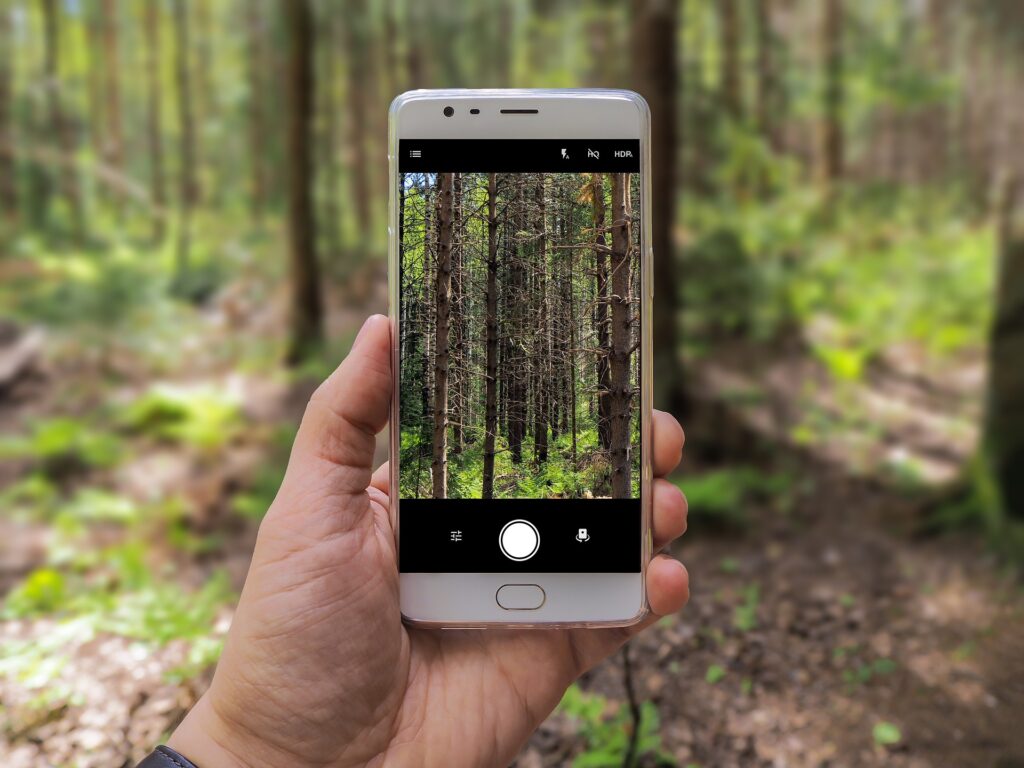
Apple iPhone 6 Review – Chipset, CPU, and GPU
This model has Apple A8 (20 nm) chipset.
A chipset on a cellular phone is most usually referred to as a system on-chip (SoC). It is an integrated circuit that combines all the basic components of a device on a single chip. The most popular types are QUALCOMM Snapdragon, MediaTek CHIPSETS, and INTEL ATOM.
Apple iPhone 6 has Dual-core 1.4 GHz Typhoon (ARM v8-based) CPU.
The performance of the CPU will be improved if the CPU has more cores and a higher speed of processing.
Apple iPhone 6 has the following GBU (Graphics Processing Unit): PowerVR GX6450 (quad-core graphics).
This chip is responsible for handling and accelerating all graphics jobs, and a faster GPU means a more powerful cellular phone will.
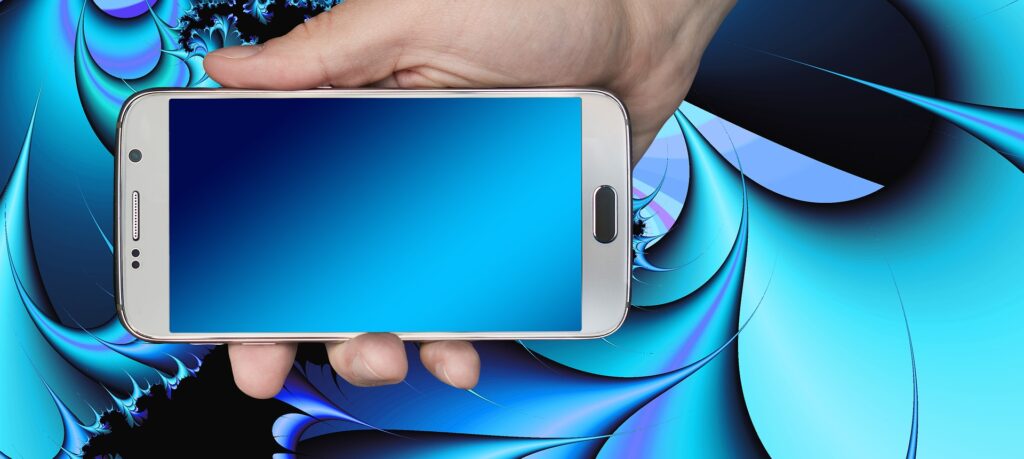
Apple iPhone 6 Review of the Storage Specs and Capacity
The amount of storage that a new mobile phone offers are one of the essential decision considerations.. and the following internal storage: 16GB 1GB RAM – 32GB 1GB RAM – 64GB 1GB RAM – 128GB 1GB RAM
Two types of phone memory are available:
Internal: It is integrated inside the phone, and can’t be increased. Nowadays, the majority of smartphones have internal memory that is at least 32GB or 64GB and a few high-end models feature 256GB or 512GB.
External: It is a removable SD card used as extra memory to save photos, music, videos, etc., regardless of the kind of SD card slot.

Mobile Networks and communication – Apple iPhone 6 Review
A mobile network also referred to as a wireless network, is a technology that allows users to send and receive radio waves.. It is made up of base stations, each of which comprises a different region or “cell”. This enables many portable transceivers, such as cellular phones, to connect with one another. By the way, 3 types of working mobile networks: 3G, 4G (LTE), and 5G.
Apple iPhone 6 supports the following networks: 3G. For more info, refer to Apple iPhone 6 3G article. – 4G. For more info, refer to Apple iPhone 6 4G article.
Read About Wireless Connections – Apple iPhone 6 Review
This model includes the following wireless connections:
* WLAN connection: {Wi-Fi 802.11 a/b/g/n/ac, dual-band, hotspot}. Wireless Local Area Network uses Wi-Fi to communicate to the home or office wireless network using the local router and offers Internet access.
* Bluetooth connection: {4.0, A2DP, LE}. It is a common wireless communication protocol used to connect two devices together over short distances, allowing them to share data between different devices.
* GBS connection: {Yes, with A-GPS, GLONASS}.Global Positioning System enables cellphones to determine any position you need.
* NFC connection: {Yes (Apple Pay only)}.Near Field Communication is a wireless technology that enables your cellular phone to transfer data to another device when they’re close together, so it’s generally used for contactless payments. For more information, refer to NFC on Apple iPhone 6 article.
* USB connection: {Lightning, USB 2.0}.Universal Serial Bus is wired technology that allows users to connect two devices, such as a smartphone with a PC, to either transfer data or charge the connected device.
* Features Sensors: {Fingerprint (front-mounted), accelerometer, gyro, proximity, compass, barometer}. The sensor is a device that detects and majors the changes in the nearby environment such as ambient light and motion.
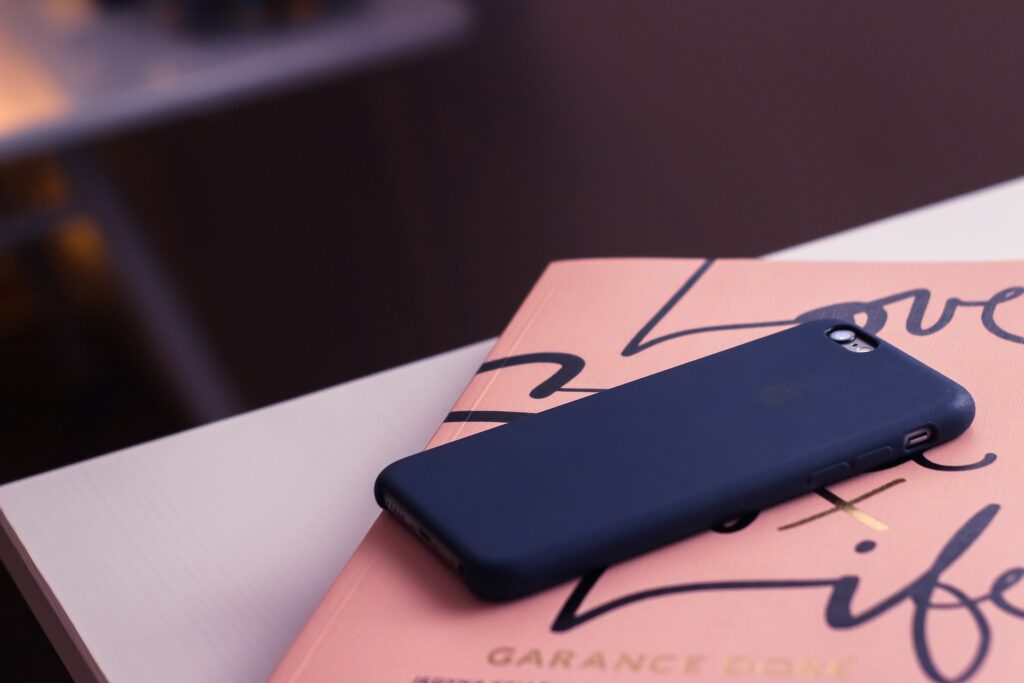
The Operating System – Apple iPhone 6 Review
This model comes with {iOS 8, upgradable to iOS 12.5.5} operating system.
Battery Main Specs – Apple iPhone 6 Review
Nothing is more essential than the cellular phone’s battery, which powers these devices and grants daily life going.. In the following lines, you will see the Apple iPhone 6 review of its primary battery.
* Battery Technology: {Li-Po}.
* Apple iPhone 6 comes with {non-removable} battery.
* Battery Capacity: {1810} mAh. It refers to the amount of storage volume a specific battery is able to provide. A battery with a 3100 mAh capacity rating could supply a current of 3100 mA for one hour. Higher mAh ratings for the same battery kind will generally mean more working time.
* Battery Talk Time: {Up to 14 h (3G)}.
* Battery Stand by: {Up to 250 h (3G)}.
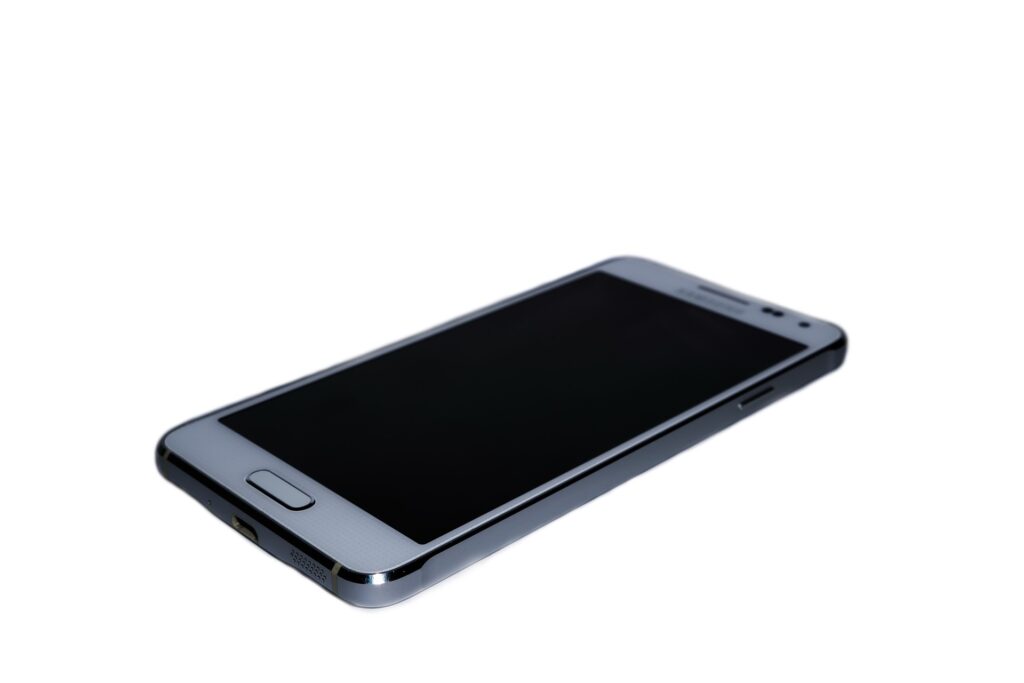
The Battery Secondary Specs – Apple iPhone 6 Preview
In addition to the main Apple iPhone 6 features that we mentioned earlier, this model has more battery-related characteristics that are relatively varied depending on the type of cellphone. Here are these specifications:


